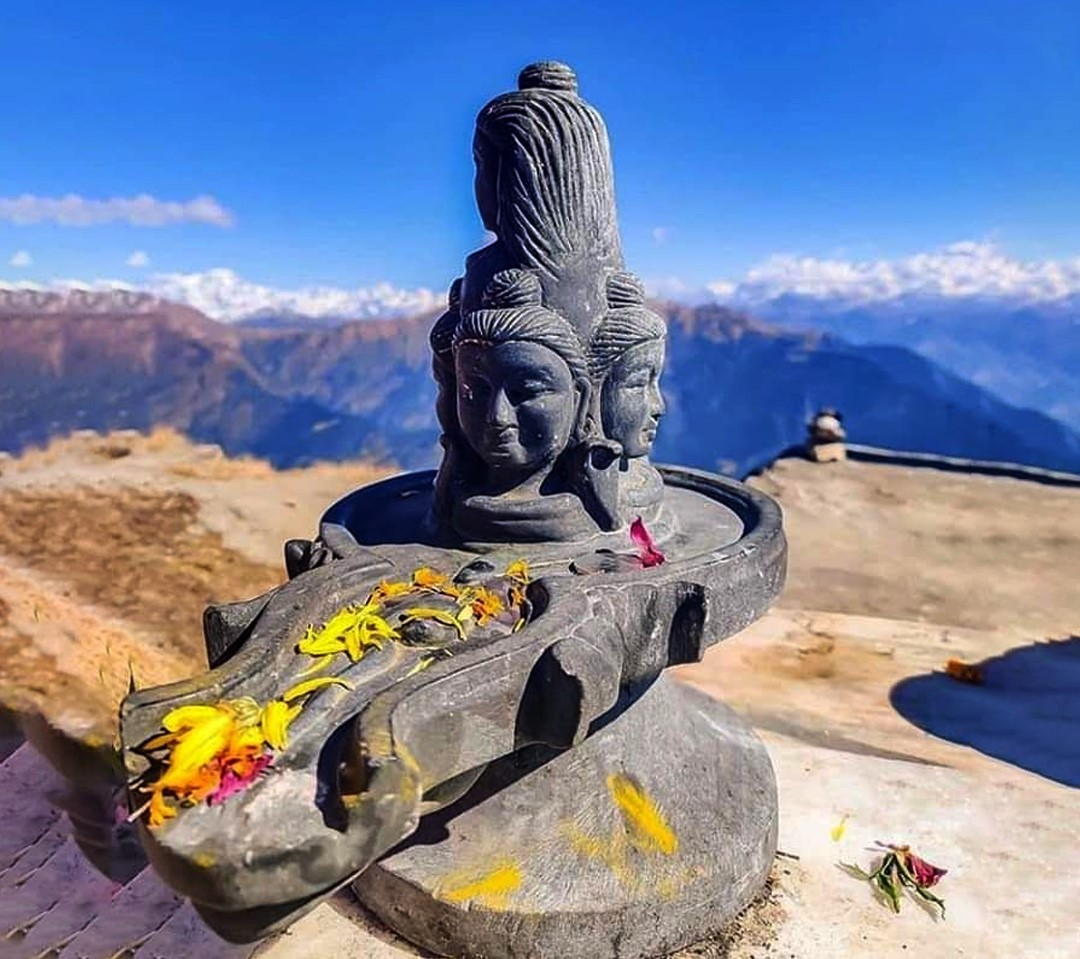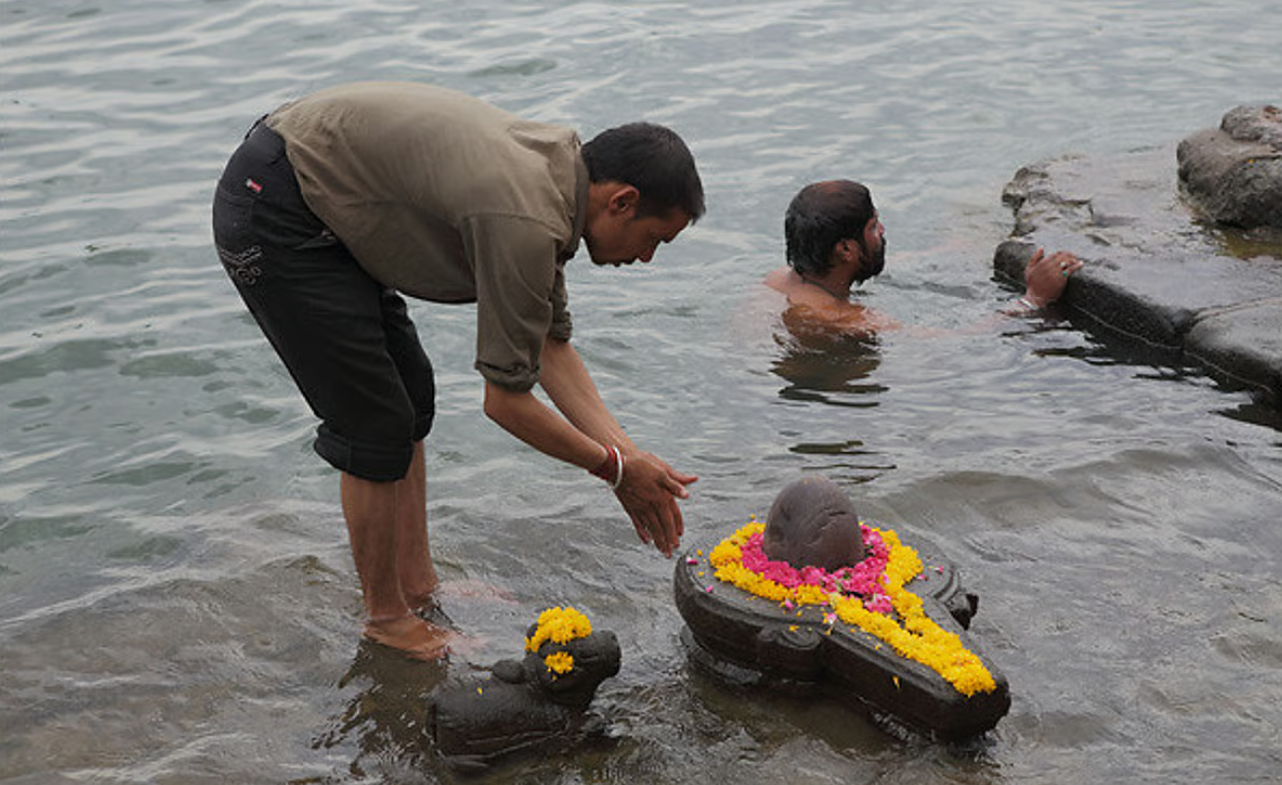A village in Uttar Pradesh turned into a spiritual hotspot overnight when a rare Panchmukhi Shivaling was discovered during pond excavation work in Sarai Piparia, located in Dataganj tehsil. The five-faced marble Shivaling was found buried nearly six feet underground as a bulldozer dug through the earth. What made the discovery even more remarkable was its timing. It took place just ahead of Sawan Shivratri, a significant festival for devotees of Lord Shiva, adding emotional weight and divine symbolism to the moment.

The Shivaling’s appearance triggered a wave of devotion across the region. Hundreds of people from nearby villages rushed to the spot, some out of curiosity, others to offer prayers. Authorities had to step in quickly to control the crowd, with both police and revenue officials deployed to secure the site. The area soon saw a makeshift gathering of worshippers, media, and even environmental activists like Shipra Pathak, who is known for her association with the Narmada Bachao movement.
According to Mahant Parmatma Das Maharaj of Papad Brahmadev Mandir, the relic is estimated to be nearly 300 years old. Although this claim has not been formally verified, it added to the growing excitement around the discovery. With intricate carvings and five symbolic faces, the Shivaling represents the different dimensions of Lord Shiva’s energy and is considered one of the most sacred forms in Shaivism.

Each of the five faces on the Shivaling represents a different divine aspect. Vamadeva symbolizes preservation, Tatpurusha represents concealed wisdom, Aghora reflects destruction, Sadyojata is tied to creation, and Ishana stands for transcendence and spiritual revelation. These faces also align with the five directions and correspond to the five elements of earth, water, fire, air, and ether. This symbolism reinforces the belief that Shiva is not bound by time or space but is present in all aspects of life and the universe.
The sudden emergence of this religious icon has transformed an ordinary excavation into a significant spiritual event. While experts have yet to examine the relic for historical verification, the village has already embraced its divine identity. Temporary shelters and worship areas are being set up, and many believe the site could become a future pilgrimage destination.
As Sawan Shivratri is celebrated with heightened devotion across the country, this unexpected find in a quiet Uttar Pradesh village serves as a powerful reminder of how faith and history often intersect in India.
Follow Travel Moves on Instagram and Facebook for more cultural discoveries, travel stories, and local legends from every corner of India.








